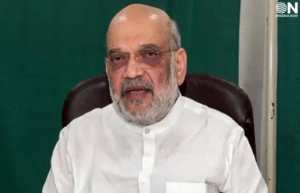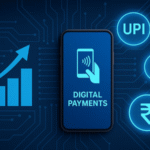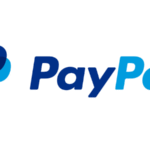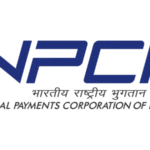How UPI Changed India: A Beginner’s Guide to the Fintech Revolution
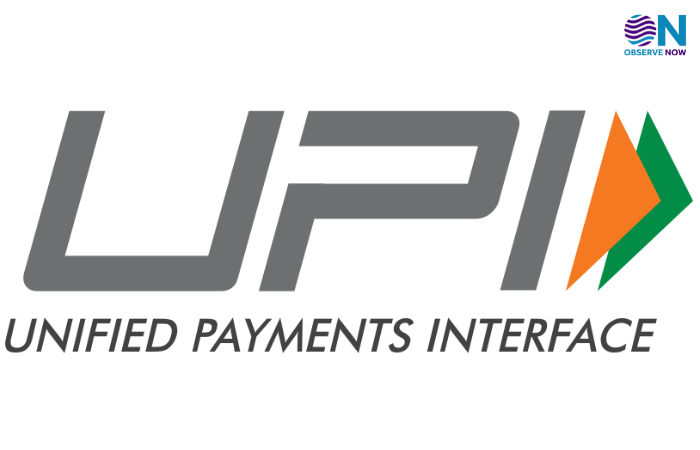
In less than a decade, India has witnessed one of the most rapid transformations in financial services, powered by a homegrown innovation—Unified Payments Interface (UPI). Launched in 2016 by the National Payments Corporation of India (NPCI), UPI has not only digitized everyday transactions but also catalyzed a broader fintech revolution, redefining how individuals, merchants, and businesses interact with money.
As of June 2025, UPI processes over 13 billion transactions monthly, amounting to more than ₹18.5 lakh crore in value. This staggering growth underscores its position as the backbone of India’s digital payments ecosystem. UPI’s interoperability, instant settlement, and zero-merchant discount rate model have made it a favorite among users—from urban millennials to small-town kirana shop owners.
The impact is visible everywhere. A vegetable vendor in Jaipur now accepts UPI payments via QR code stickers. Street food hawkers in Varanasi rely on Paytm, PhonePe, or Google Pay to avoid dealing with cash change. Even religious donations at temples are increasingly digital. UPI has democratized payments and brought millions into the formal economy.
Fintech players have flourished on UPI’s rails. Companies like PhonePe, which now holds over 47% market share, and Google Pay, have leveraged the platform to build super apps offering bill payments, insurance, mutual funds, and credit. Cred, BharatPe, and Slice have layered rewards, credit access, and BNPL services on top of UPI, tapping into India’s growing digital-savvy middle class.
Government services, too, have gone digital. Whether it’s paying property tax, receiving subsidies through DBT, or booking train tickets, UPI has become an essential layer of India’s e-governance push. Schemes like ONDC (Open Network for Digital Commerce) integrate UPI for seamless payments, challenging the duopoly of large e-commerce platforms.
Rural inclusion is another major win. With mobile penetration rising and simplified onboarding via Aadhaar and e-KYC, UPI has become an instrument of financial empowerment for rural India. UPI 123Pay, launched for feature phones, now enables even non-smartphone users to access banking services.
Internationally, UPI is going global. India has signed agreements with countries like Singapore, UAE, France, and Sri Lanka, allowing cross-border UPI payments. In July 2025, NPCI International announced partnerships to enable Indian tourists to use UPI at retail outlets in Europe and Southeast Asia, mirroring the convenience they enjoy back home.
Despite its success, UPI faces challenges. Zero MDR fees have raised concerns over monetization and sustainability for payment service providers. Fraud prevention remains critical as usage scales. Yet, the Reserve Bank of India and NPCI continue to innovate—introducing features like UPI Lite, credit on UPI, and conversational payments with voice assistants.
Ultimately, UPI has done more than digitize money—it has reshaped consumer behavior, expanded credit access, and made India a global leader in real-time payments. For beginners entering fintech or users curious about India’s digital rise, UPI is not just a technology—it’s the starting point of a financial revolution still unfolding.





